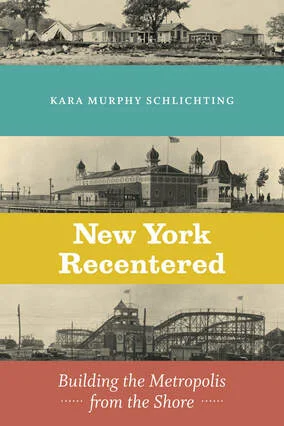"All the Single Ladies": Women-Only Buildings in Early 20th c. NYC
By Nina E. Harkrader
The growth of manufacturing and industry in Northeastern cities during the early to mid-nineteenth century increased demand for female labor in the United States. As a result, the number of single working women living in urban areas grew significantly. These newly arrived women workers were expected to find their own lodging, but there were no precedents for housing single women in cities. On top of that, the much lower wages paid to female workers greatly limited their housing choices, and many ended up living in squalid situations: shared bedrooms in tenement buildings or hired rooms in boarding houses with male lodgers. For women workers in cities, two problems emerged: a literal housing crisis, but a figurative one as well, as this was a period when female chastity, innocence, and domesticity were celebrated and expected of women, who would perform the role of “the angel in the house” and rarely, if ever, appear unaccompanied in public.
Read More








